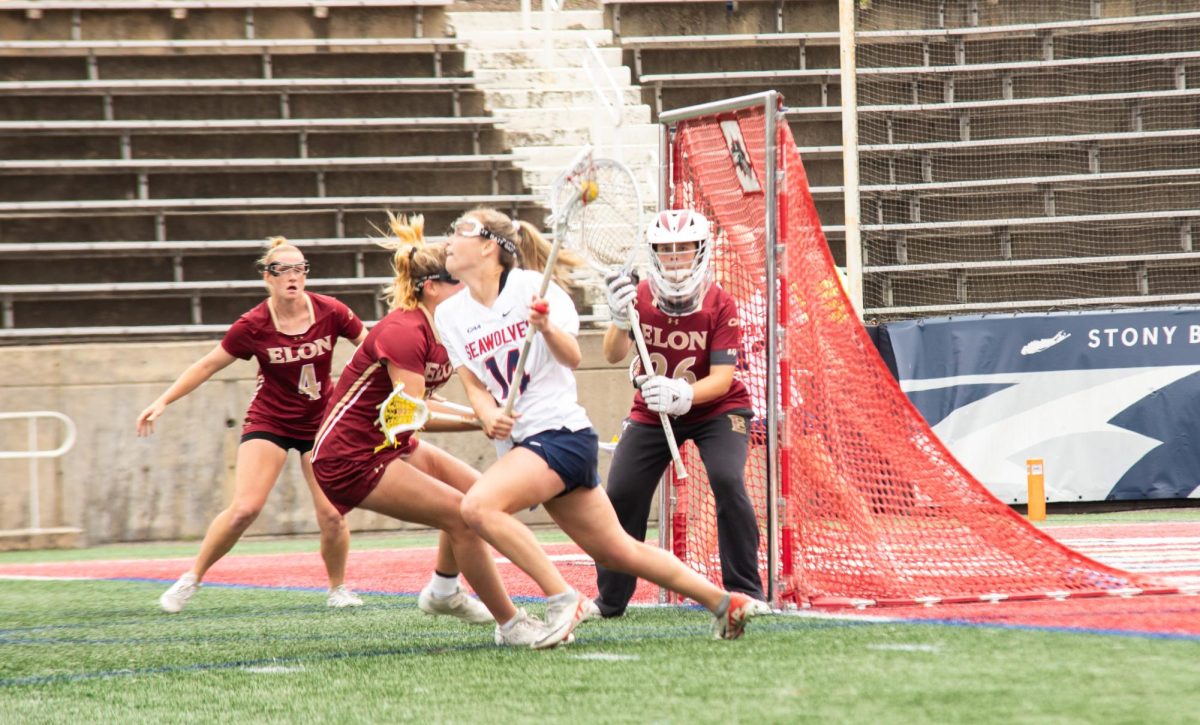Before a player can start the board game ‘Life, ‘ one of two paths must be picked. If the career path is chosen, the player can pick a job to take on for the rest of the game. If the college path is chosen, the player must borrow money, setting them back 15 extra tiles before they can pick a career.
Although students can’t really finish obtaining their education as quickly as they could in ‘Life,’ borrowing money still remains the same. Student reliance on loans is putting more undergrads into debt during hard economic times and rising tuition costs.
‘In 2008, 62 percent of students borrowed,’ Jacqueline Pascariello, the director of Financial Aid and Scholarship Services, said.
‘The average indebtedness for students who graduated in the same year was $17,375.’
Though Stony Brook University students faced an average debt $4,000 less than New York student’s average debt, the consequences are similar.
‘We received over a 30 percent increase in average financial aid applications for this summer than last summer,’ Pascariello said. The cost of education is increasing as funding dwindles. Students need money and the only option is to borrow.
Sophia Milito, a junior at Stony Brook University, is taking out loans for the first time. Milito said her reasons for getting a loan are not getting enough aid and not having enough money.
‘My mom offered to help by putting in a few hundred (dollars), but it’s all on me third year,’ Milito said.
According to Milito, her $2,000 in financial aid is not enough to cover her tuition. Despite the set back, however, she feels she can manage enough that she won’t need to take out a private loan. Milito already suspects she will have to take out loans for graduate school.
Next year, Stony Brook University is changing to Federal Stafford and PLUS Loan Processing. Now, the William D. Ford Federal Direct Loan Program will let students borrow directly from the federal government, as opposed to the previous program, which relied on private banks, credit unions and other financial institutions as funding sources. However, with the changing of loan programs and Stony Brook University being one of the lowest tuitions in the country, student debt is prevalent.
Mahubur Rahman, a graduate of Stony Brook, chose to go into the post-grad pre-med program. He owes $25,000 in loans from his undergraduate years. After graduating Rahman must start paying $200 a month.
‘I’m not considered an official graduate student, because the post-grad pre-med program is not a degree program,’ Rahman said. ‘So my loans are no longer deferred.’ In addition to that, Rahman took out another $10,000 for the year. ‘That’s why I’m an RA,’ Rahman said. ‘I can’t pay an extra $7,000 for the room.’
Students like Milito and Rahman are working to make up for their financial debt. ‘Students are hard workers and make up the money,’ Pascariello said.
If loans still seem overwhelming, the Project on Student Debt suggests ten tips for recent graduates. ‘Know your loans, know your grace period, pick the right repayment option, and stay in touch with your lender,’ are just a few.
‘Whether the economy is good or bad there will be student debt,’ Milito said.










